Women’s March Washington and Atlanta And The Ripple Effects
In response to multiple statements, tweets and actions by President-elect Trump which were perceived by feminists and women as misogynistic and anti-equality, the Women’s March was created to “send a bold message to our new administration on their first day in office, and to the world that “women’s rights were human rights.


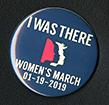

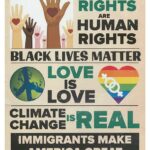
The Pussyhat Project was established by Jayna Zweiman and Krista Suh in November 2016, and the hat itself (designed by Kat Coyle ) became a key visual signifier of the Women’s Movement. While some felt that the hats were frivolous, and excluded transgender women and women of color, most marchers wore them on the day of the March.
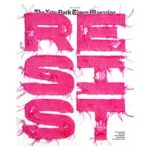




On January 21, 2017, hundreds of thousands of people took to the streets in Washington D.C. and millions joined the marches across the country and around the world. Marchers brought signs and posters with messages that highlighted their concerns, including reproductive justice, health care, immigration, racial justice,science, and LGBTQ+ rights. The protests were overwhelmingly peaceful.


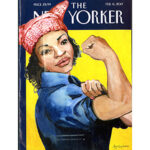
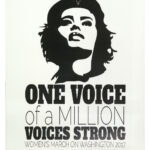

The Women’s March momentum built a movement. These national and local marches intersected and elevated standing up and speaking out in the form of the #MeToo movement and Hollywood’s #TimesUp activations across the country. Further, people
everywhere felt empowered to respond to regressive government policies by regularly showing up to protests and actions. These included Women’s March anniversary protests, Science Marches, Take Back our Lives protests, and Black Lives Matter protests.




